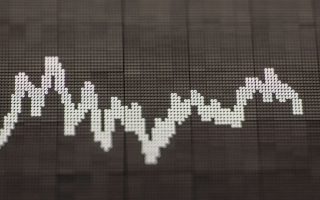Heavy price for Greece’s return to markets

Greece passed the market test successfully on Tuesday, as its 10-year bond issue – for the first time since the country was excluded from the markets in 2010 and entered the bailout mechanism – took advantage of the favorable international climate and the credit rating upgrade by Moody’s last Friday.
Offers for the new benchmark bond, which matures on March 12, 2029, exceeded 11.8 billion euros, including offers of 800 million euros from the lead managers (BNP Paribas, Citi, Credit Suisse, Goldman Sachs, HSBC and JP Morgan).
The bulk of demand – some 10 billion euros – came in the first hour after the book opened.
Eventually the Public Debt Management Agency drew 2.5 billion euros, the same amount as that drawn in the five-year bond issue at end-January.
This means that 71 percent of the PDMA’s borrowing program for 2019 has already been covered.
The coupon of the issue closed at 3.875 percent and the yield at 3.90 percent. This is below the original guidance at 4.125 percent but confirms that Greece has to pay a heavy price to attract investors.
The 3.9 percent rate is by far the highest in the eurozone and illustrates that Greece’s road of return to the markets is not at all smooth as the country’s rating remains several notches below investment grade, a fact that is keeping major portfolios away.
Greece’s cost of borrowing is some five times higher than Ireland’s, and 3.4 times Spain’s. Italy is a distant second to Greece with a rate of 2.71 percent for its 10-year bond.
According to sources, more than 400 investors expressed an interest. Hedge funds will collect 11 percent of the issue, pension funds 4 percent, fund managers 68 percent, commercial banks 14.5 percent and central banks 2.5 percent.
The United Kingdom accounted for 37.5 percent of investors, while 11 percent were from Greece. Germany and Austria shared 9.5 percent of buyers, another 9.5 percent hailed from France, 6.5 percent from Italy, 6 percent from Scandinavian countries, 5 percent from the Iberian peninsula, 5.5 percent from the rest of Europe, 9 percent from the US and Canada and 0.5 percent from other countries.




